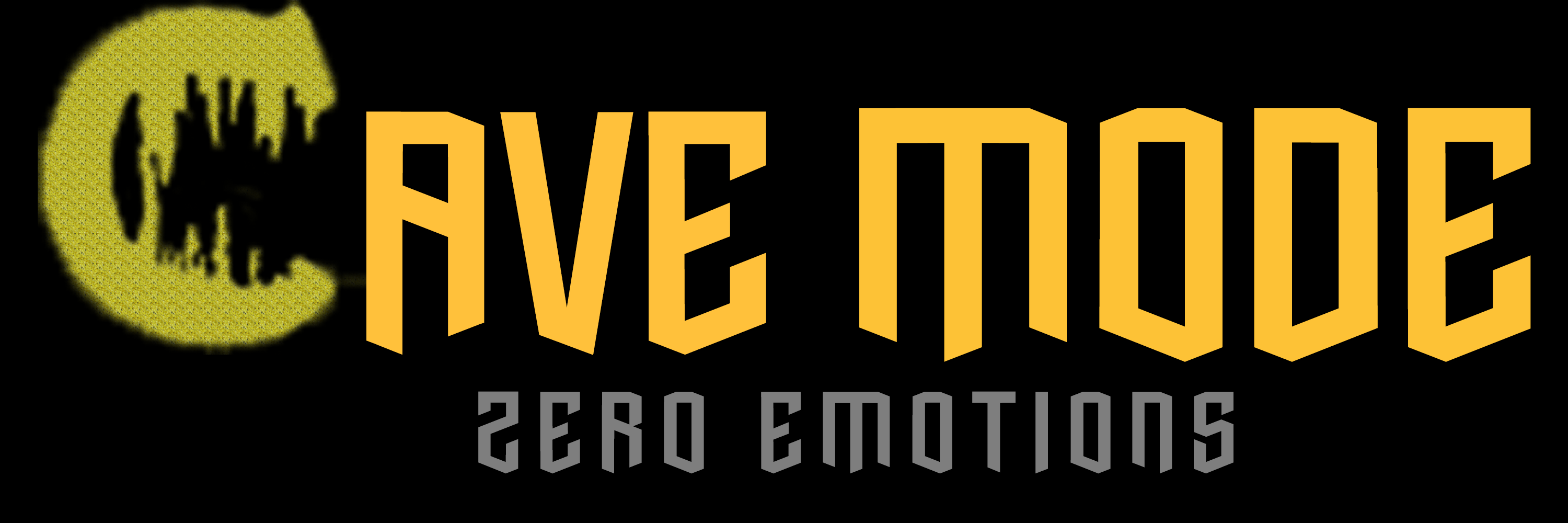In strength training, strategically incorporating periods of rest and recovery is crucial for optimal performance. One method to achieve this is through light sessions. These sessions provide a way to balance pushing yourself with allowing your body to recover and adapt.

What are Light Sessions?
Light sessions are training sessions designed to be low-fatigue while still offering some benefits. They achieve this by reducing the workload compared to your regular training sessions. This reduction can come from either lowering the volume (number of sets and reps) or intensity (weight used).

Why Use Light Sessions?
- Promote Recovery and Adaptation: Hard training sessions create stress on your body. Light sessions allow your body to recover from this stress, enabling it to adapt and build strength.
- Practice Skills: Lighter weights allow you to focus on proper form and technique without excessive fatigue interfering with your execution.
- Minimize Fitness Loss: Rest days are essential, but they can also lead to a slight decline in fitness. Light sessions can help minimize this loss.

How to Create a Low-Intensity Workout
The key to an effective light session lies in finding the right balance between reducing fatigue and maintaining adaptations. Here are some general guidelines:
- Volume: Generally, aim for a 50-70% reduction in volume compared to your regular training sessions.
- Intensity:
- Hypertrophy Phase: Maintain a high intensity (around 90% of 1RM) while reducing volume.
- Strength Phase: Reduce both volume and intensity (around 70% of 1RM for both).
- Peaking Phase: Focus on maintaining adaptations by using a lower volume (around 90% of regular volume) with a significantly reduced intensity (around 50% of 1RM).

Common Mistakes to Avoid
- Reducing Intensity While Increasing Volume: This might seem like a lighter session, but the higher volume can actually lead to more fatigue.
- Insufficiently Dropping Intensity: Especially in later training phases, reducing volume alone might not be enough to manage fatigue.
When to Use It
Light sessions are most beneficial during strength and peaking phases where minimizing fatigue is crucial. You can incorporate them 1-2 times per week, typically placed towards the end of a microcycle (a short training block).

Light Sessions vs. Deloads
Light sessions are similar to deloads in reducing fatigue. However, deloads are typically longer (a full microcycle) and have a stronger focus on reducing nervous system fatigue and promoting tissue healing.
Conclusion
These sessions are a valuable tool for managing fatigue and promoting recovery in your strength training program. By understanding their purpose, design principles, and how they differ from deloads, you can create a program that optimizes your performance and helps you reach your fitness goals.
Check out our previous post about Powerlifting MRV: Individual Differences and Training Strategies.

